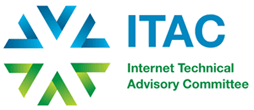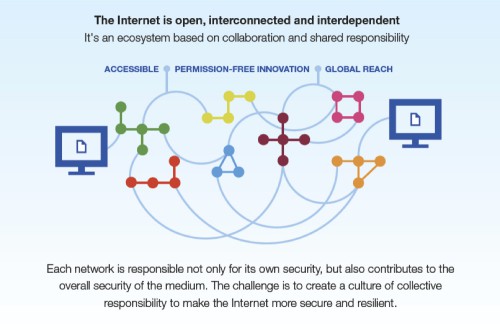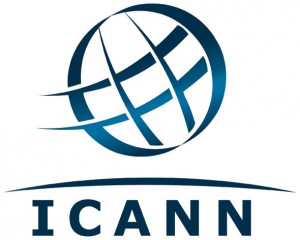 By Emile Aben, System Architect, RIPE NCC
By Emile Aben, System Architect, RIPE NCC
How many of a country’s Internet paths remain within its borders? It is a question that is often asked for various reasons. Of course security plays a part in this discussion, but it is also an important factor in the reliability and cost of Internet connectivity. This is especially true in developing countries, where unnecessary detours of Internet traffic significantly increase costs.
To help provide some insight, I used RIPE Atlas, the RIPE NCC’s global Internet measurement network, to investigate the different paths that Internet traffic takes. RIPE Atlas is a global network of probes that measure Internet connectivity, providing “traffic maps” and other data that can be used to gain an understanding of the state of the Internet in real time. For the initial research, I used Sweden as an example, but the same measurements and analysis can be performed for any country in which there are enough RIPE Atlas probes.
Selecting 85 RIPE Atlas probes located within Sweden’s borders, I performed measurements that mapped the traffic between them, showing which paths it took. I found that 12% of IPv4 traffic between these probes left the country at some point along its path from probe A to probe B. For IPv6 traffic, this figure jumped to 21%.
I was also interested in how much traffic traverses Internet Exchange Points (IXPs) in order to gauge the effect that IXPs have on keeping traffic local. Specifically, I looked at how many of the paths traversed Netnod, a Swedish IXP. I discovered that 50.2% of IPv4 traffic and 51.4% IPv6 traffic traversed one of Netnod’s exchange points.
This kind of data can help provide a picture of a country’s Internet landscape, such as its connectivity infrastructure and the effect that international service providers have on its market, as well as highlight differences between countries. You can learn more about this analysis and available measurement tools on RIPE Labs.










